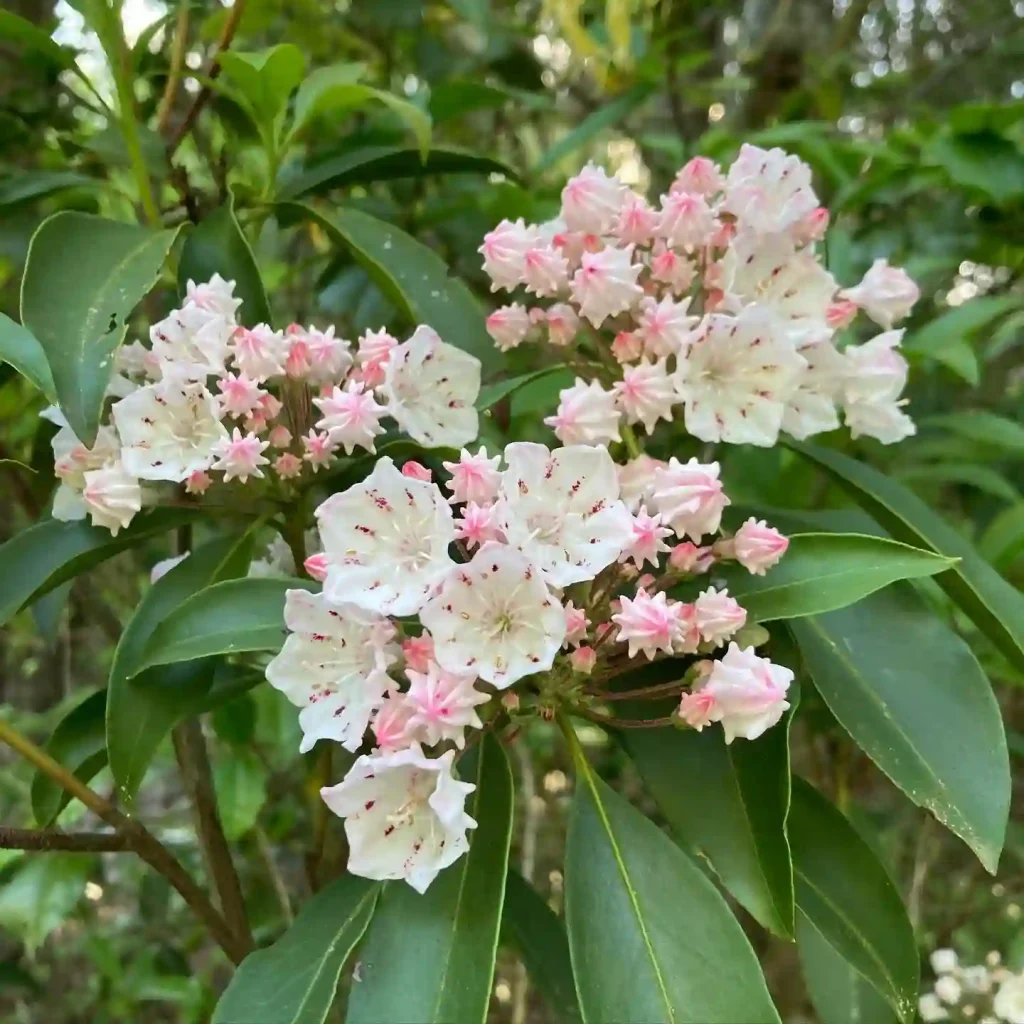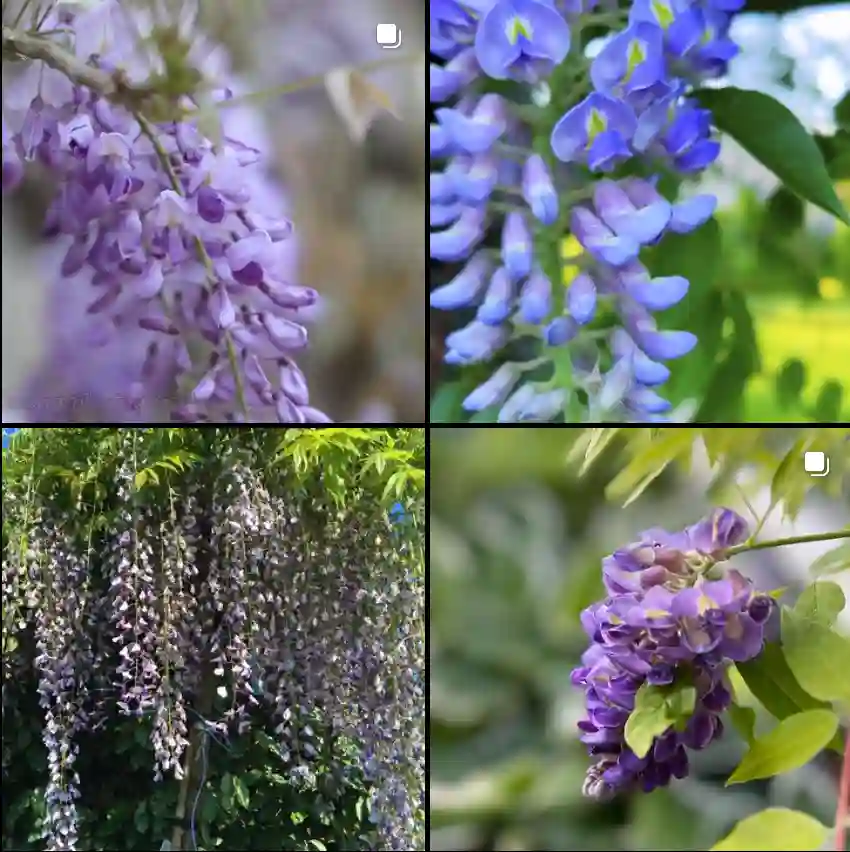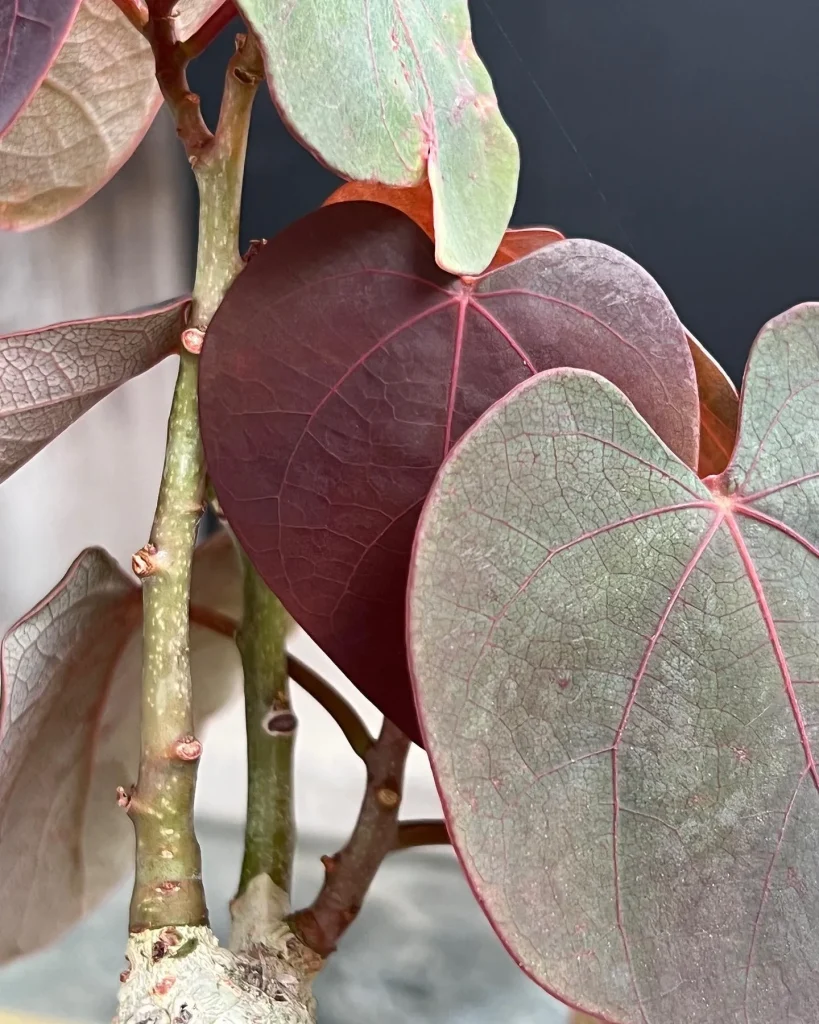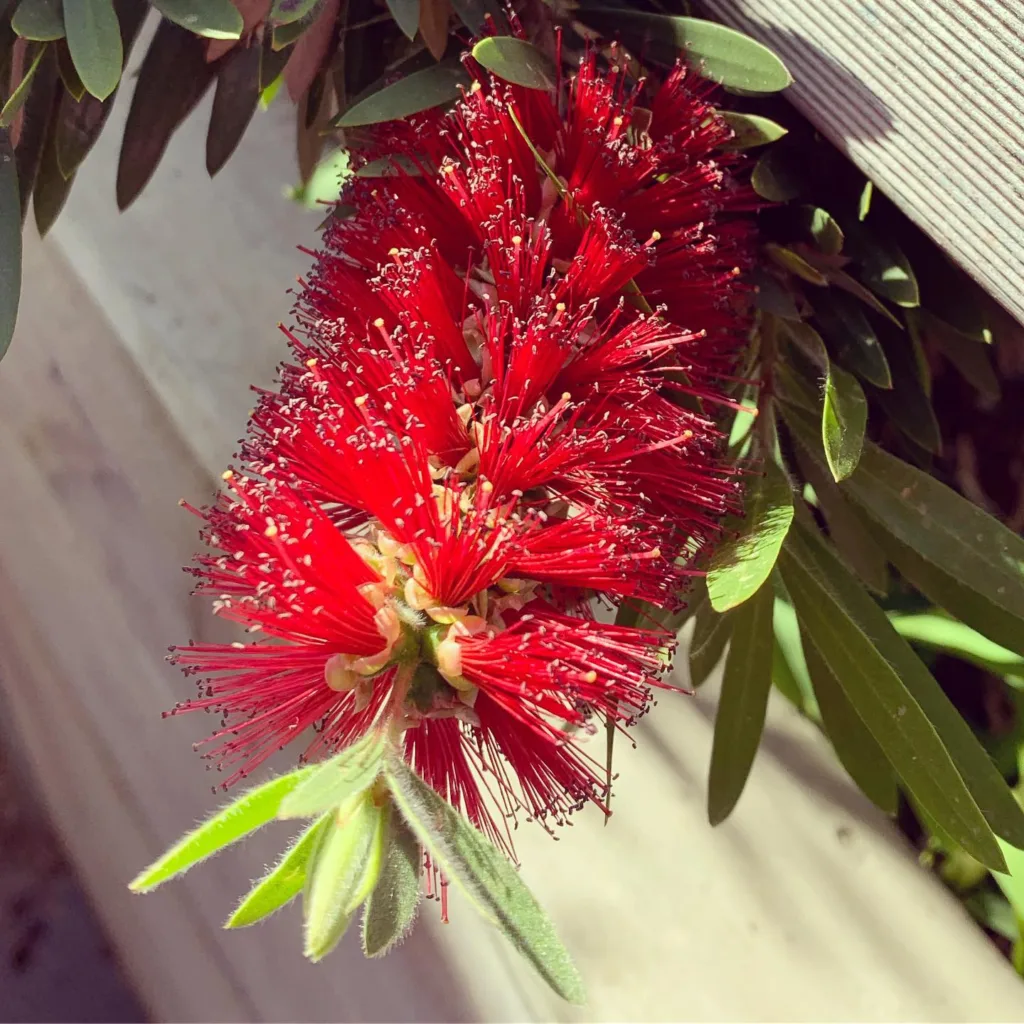Unveiling the Zingiberaceae: My Aromatic Odyssey
As a seasoned botanist, my fascination with the plant kingdom knows no bounds. However, there’s one particular family that has always held a special place in my heart—the Zingiberaceae. From their vibrant blooms to their aromatic rhizomes, these plants have captivated me with their diversity and unique characteristics. Join me as I embark on an aromatic odyssey into the world of the Zingiberaceae, exploring their botanical wonders and uncovering their hidden secrets.
A Symphony of Flavors and Fragrances
The Zingiberaceae family, commonly known as the ginger family, encompasses a vast array of plants renowned for their aromatic rhizomes, vibrant flowers, and distinctive foliage. These botanical gems are native to tropical and subtropical regions across the globe, primarily concentrated in Southeast Asia, where they thrive in the humid, fertile soils.
One of the most remarkable aspects of the Zingiberaceae is their incredible diversity. The family boasts over 1,300 species, grouped into over 50 genera. From the fiery ginger (Zingiber officinale) to the delicate cardamom (Elettaria cardamomum), each member of this family offers a unique symphony of flavors and fragrances that tantalize the senses.
Genera of the Zingiberaceae: A Tapestry of Diversity
The Zingiberaceae family is a tapestry of diversity, woven together by its numerous genera. Each genus represents a unique thread, contributing to the rich and complex fabric of this botanical family:
- Alpinia: This genus encompasses a diverse group of plants, known for their large, showy flowers and aromatic rhizomes. Some popular species include Alpinia zerumbet (shell ginger) and Alpinia galanga (greater galangal). – 250 Species in Genus Alpinia
- Amomum: The Amomum genus is renowned for its cardamom species, which are highly prized for their aromatic seeds. Elettaria cardamomum (true cardamom) and Amomum subulatum (black cardamom) are among the most well-known members of this genus.
- Curcuma: This genus is famous for its turmeric species, which are widely used as spices and natural dyes. Curcuma longa (common turmeric) and Curcuma zedoaria (zedoary) are notable examples. – 167 Species in Curcuma – Turmeric
- Etlingera: The Etlingera genus is characterized by its large, flamboyant flowers, often referred to as “torch gingers.” Etlingera elatior (torch ginger) is a popular ornamental plant with striking red inflorescences.
- Hedychium: This genus comprises a variety of ginger lilies, known for their fragrant flowers and attractive foliage. Hedychium coronarium (white ginger lily) and Hedychium coccineum (red ginger lily) are commonly cultivated species. – 103 Species in Genus Hedychium
- Kaempferia: The Kaempferia genus is recognized for its peacock gingers, which display intricate patterns on their leaves. Kaempferia galanga (kencur) and Kaempferia rotunda (round-rooted galangal) are examples of this genus. – 63 Species in Genus Kaempferia
- Zingiber: This genus is home to the true gingers, including the widely used culinary spice, Zingiber officinale (common ginger). Other notable species include Zingiber zerumbet (shampoo ginger) and Zingiber mioga (myoga ginger). – 210 Species in Genus Zingiber
- Adelmeria Ridl.
- Aframomum K.Schum.
- Aulotandra Gagnep.
- Boesenbergia Kuntze
- Burbidgea Hook.f.
- Camptandra Ridl.
- Caulokaempferia K.Larsen
- Cautleya (Royle ex Benth.) Hook.f.
- Conamomum Ridl.
- Cornukaempferia Mood & K.Larsen
- Cyphostigma Benth.
- Distichochlamys M.F.Newman
- Elettaria Maton
- Epiamomum A.D.Poulsen & Škorničk.
- Gagnepainia K.Schum.
- Geocharis (K.Schum.) Ridl.
- Geostachys (Baker) Ridl.
- Globba L.
- Haniffia Holttum
- Hemiorchis Kurz
- Hornstedtia Retz.
- Johoralia C.K.Lim
- Kedhalia C.K.Lim
- Lanxangia M.F.Newman & Škorničk.
- Larsenianthus W.J.Kress & Mood
- Leptosolena C.Presl
- Meistera Giseke
- Myxochlamys A.Takano & Nagam.
- Nanochilus K.Schum.
- Newmania N.S.Lý & Škorničk.
- Parakaempferia A.S.Rao & D.M.Verma
- Perakalia C.K.Lim
- Plagiostachys Ridl.
- Pleuranthodium (K.Schum.) R.M.Sm.
- Pommereschea Wittm.
- Pyrgophyllum (Gagnep.) T.L.Wu & Z.Y.Chen
- Renealmia L.f.
- Rhynchanthus Hook.f.
- Riedelia Oliv.
- Roscoea Sm.
- Scaphochlamys Baker
- Siamanthus K.Larsen & J.Mood
- Siliquamomum Baill.
- Siphonochilus J.M.Wood & Franks
- Stadiochilus R.M.Sm.
- Sulettaria A.D.Poulsen & Mathisen
- Sundamomum A.D.Poulsen & M.F.Newman
- Tamijia S.Sakai & Nagam.
- Vanoverberghia Merr.
- Wurfbainia Giseke
Beyond the Kitchen: The Multifaceted Uses of Zingiberaceae
While the Zingiberaceae are celebrated for their culinary applications, their uses extend far beyond the kitchen. These plants have played significant roles in traditional medicine, cultural practices, and even religious ceremonies for centuries.
In traditional medicine, various members of the Zingiberaceae family have been used to treat a wide range of ailments. Ginger, for instance, is renowned for its anti-inflammatory and digestive properties, while turmeric is valued for its antioxidant and anti-cancer potential. Other species within the family have been used to alleviate pain, reduce fever, and promote overall well-being.
Beyond their medicinal applications, Zingiberaceae plants have also held cultural and religious significance in many societies. In some cultures, ginger is considered a symbol of prosperity and good luck, while turmeric is often used in religious ceremonies and rituals. The vibrant flowers of certain species, such as the torch ginger, are used to adorn temples and create festive decorations.
Conservation Concerns: Protecting Our Precious Zingiberaceae
Despite their resilience and adaptability, many Zingiberaceae species face threats due to habitat loss, overexploitation, and climate change. As a botanist, I am deeply committed to the conservation of these precious plants. It is crucial that we protect their natural habitats, promote sustainable harvesting practices, and raise awareness about their ecological importance.
By safeguarding the Zingiberaceae, we not only preserve their botanical wonders but also ensure the continued availability of their valuable resources for future generations. It is our responsibility to cherish and protect these remarkable plants, ensuring that their legacy lives on.
Conclusion: A Botanical Family to Cherish
The Zingiberaceae family is a treasure trove of botanical wonders, offering a symphony of flavors, fragrances, and forms that captivate the senses. From the fiery ginger to the delicate cardamom, each member of this family contributes to its rich tapestry of diversity.
As a botanist, my journey into the world of the Zingiberaceae has been an aromatic odyssey filled with discovery and awe. These plants have not only enriched my understanding of the plant kingdom but also deepened my appreciation for the intricate connections between nature, culture, and human well-being.
Let us continue to explore, cherish, and protect the Zingiberaceae, ensuring that their legacy lives on for generations to come. Their vibrant blooms, aromatic rhizomes, and multifaceted uses serve as a constant reminder of the beauty and bounty of the natural world.
If i die, water my plants!



